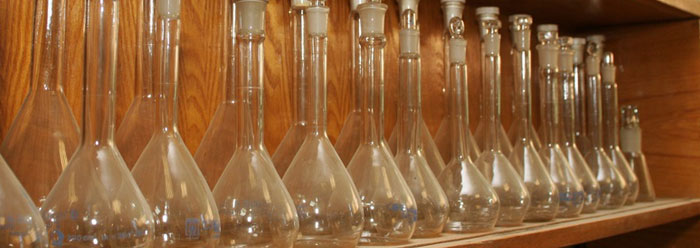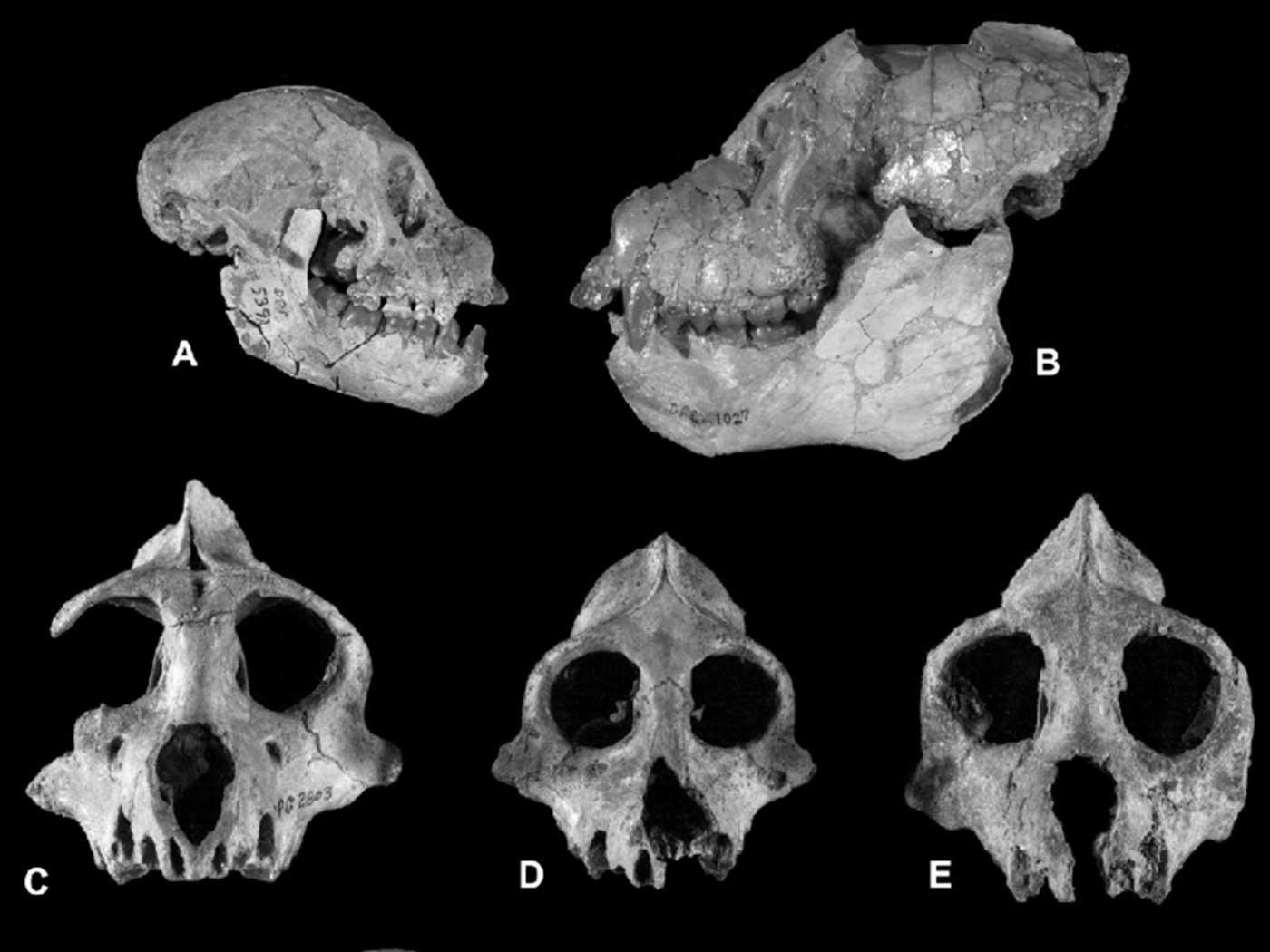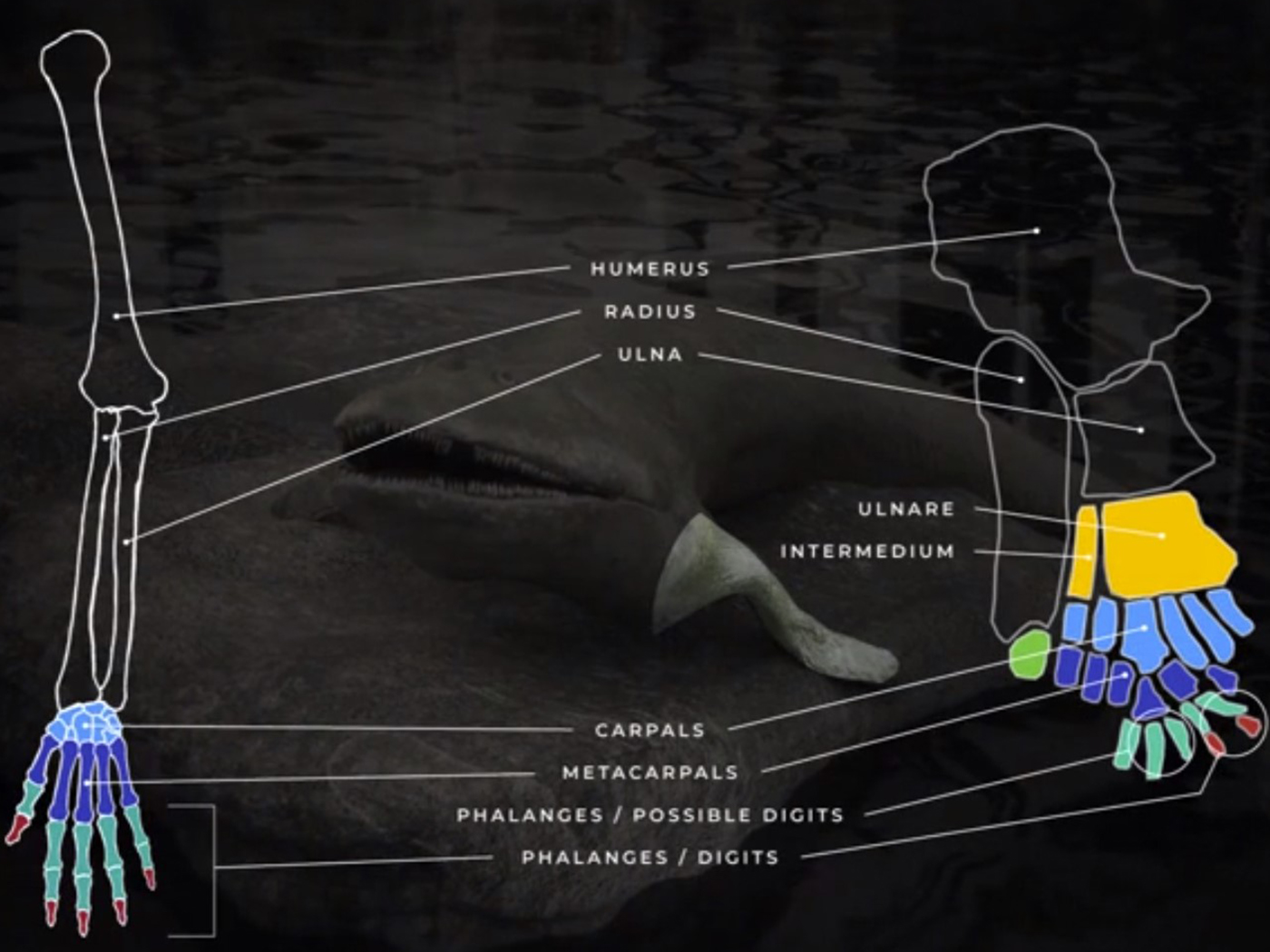Scientists are hoping to revive a 50-year-old failed experiment that tried to discover how biological life could have originated from non-living chemical processes.
In 1953, Stanley L. Miller of the University of Chicago applied electrical sparks to a combination of ammonia, methane, hydrogen, and water in a sealed flask. This resulted a week later in amino acids. The process failed to produce life, yet it revived the antiquated concept of abiogenesis—the theory that life can be generated from non-life.1 Miller’s experiment was “enshrined in high school textbooks” despite the fact that it had not contributed to “the still unsolved problem of the origin of life.”2
Nevertheless, Dr. Jeffrey Bada of the Scripps Institution of Oceanography in San Diego and Adam Johnson, a graduate student at Indiana University, reanalyzed the sludge in the bottom of some of the late Miller’s 50-year-old vials, searching for bits of hope.1 In the residue from materials that had received steam injections as well as sparks, the researchers discovered 10 amino acids “that had never been identified before from the Miller-Urey experiment,”2 leading to speculation that gases from volcanic eruptions could have played a role in the chemical reactions that led to the first life.
However, only one of these newly-identified amino acids is found in living cells. None were stereochemically pure, there are only faint traces of them, and the electric discharge apparatus that created them had to be removed from the process before it destroyed them. Thus, these new traces offer no advances in origin of life research—which is still dead in the water.
After decades of investigation, no environment has been discovered that facilitates abiogenesis. The richest inventory of chemical compounds have been zapped, irradiated, dried, rehydrated, and subjected to a host of parameters. All of these processes, however, have resulted in disorganized matter. In order to provide an appropriate framework for life, a machinist would still be necessary, one who could construct several thousand specific proteins, nucleic acids, carbohydrates, vitamins, and lipids in their exact configurations, all the while maintaining the integrity of each molecule in the collection.
Researchers speculate that Miller’s addition of steam jets to his electric sparks in 1953 may have more closely mimicked the supposed setting where nature created life. Thus, “prebotic compounds synthesized in these environments could have locally accumulated, where they could have undergone further processing.”1 With respect, no, they couldn’t have; complex, specified information, not just chemicals, is required for even the simplest life.3
Unfortunately for those adhering to the evolutionary mindset, speculations about “prebotic compounds,” volcanic gases, nucleobases from meteorities, and similar scenarios still do not add up to an adequate cause for life.4 However, the God of the Bible is adequate, for “in the beginning God created.”5
References
- Johnson, A. P. et al. 2008. The Miller Volcanic Spark Discharge Experiment. Science. 322 (5900): 404.
- Chang, K. From Old Vials, New Hints on Origin of Life. The New York Times. Posted on NYTimes.com October 16, 2008, accessed October 21, 2008.
- Gish, D. 2007. A Few Reasons an Evolutionary Origin of Life Is Impossible. Acts & Facts. 36 (1).
- Thomas, B. Life from the Stars? Institute for Creation Research News. Posted on icr.org June 19, 2008, accessed October 21, 2008.
- Genesis 1:1.
* Mr. Thomas is Science Writer.
Article posted on October 27, 2008.






















